Trip starts at 9:00
Group price 50 Gel per person, Individual 250 Gel (1-5 person)
Visit places: Mtskheta
Svetitskhoveli Cathedtal
Jvari monastery
Samtavro monastery
Gori castle
Stalin museum
Uplistsikhe
Mtskheta
Mtskheta is one of the old-eas Georgian cities that was founded in the V century B.C. According to the legendary Mtskhetos. In the IV century B.C, Azo (Azovi), King of Kartli, made this city the capital of The Kingdom of Kartli. In the end of the V century B.C, the capital of The Kingdom of Karti was Transferred to Tbilisi. Before Sameba cathedral was built, Mtskheta was the chair of the Georgian Patriarch. Remains of fortified residences of the Armaz fortress (Armaztsikhe), the complex of Samtavro Monastery (the main church of the XI century) and the Svetitskhoveli Cathedral are located here. Svetitskhoveli ( Georgian : სვეტიცხოველი, which literally means “The Living Pillar’) is a Georgian Orthodox cathedral located in Mtskheta. For a thousand years, it has been the principa church of Georgia. It is been listed as a UNESCO World Heritage Site. It is one of the main Georgian Spiritual centers. Now we can fnd here the Temple of the Twelvev Apostles that as built in 1010-1029 under the supervision of Arsukidze architect.
Jvari monastery
Jvari monastery ( Georgian: ჯვარი, which literally means ‘the cross’) is a Georgian monastery and church of the VII century (built in the period between 605 and 642) It is situatednon the mountaintop where Kura and Aragvi rivers meet, not far from Mtskheta, where according to such historical sources as ‘The Convertion of KArtli and ‘The life of Kings of Kartli’, St. Nina equal to the Apostles, erected a cross. Jvari, which it’s impeccable lines, is an architectural masterpiece and the first Georgian World Heritage site. In 545 there was alredy a little church on the ‘cross’ mountain which now has tumbled into ruins. A bigger church was biult in 590-604. Perhaps, Mikel Tkheli was the architect. The church, erected on the top of the rocky mountain, is it natural decoration and the center of the surrounding landscape Jvari, as well as Zedazeni monastery, is considered to be the scene of action of ‘The Novice’ a poem by Lermontov.
Gori castle
Gori Fortress (Georgian: გორის ციხე, “Goris Tsikhe”) is a medieval citadel in Georgia, standing above the city of Gori on a rocky hill.
The fortress first appears in the 13th century records but archaeological evidence shows that the area had already been fortified in the last centuries BC. The fortress controlled major strategic and economic routes and accommodated a large garrison. In the 16th century the Ottomans captured it to overawe Tbilisi. In 1598 the Georgians besieged it to no avail; in 1599 they feigned a relaxation of the siege for Lent before launching a surprise attack at night to regain the citadel.[1] The fortress continued to change hands between the Georgians and the Persians in the 17th century.
Stalin museum
The Joseph Stalin Museum is a museum in Gori, Georgia dedicated to the life of Joseph Stalin, the leader of the Soviet Union, who was born in Gori. The Museum retains its Soviet-era characteristics. Enshrined within a Greco-Italianate pavilion is a small wooden hut, in which Stalin was born in 1878 and spent his first four years. The small hut has two rooms on the ground floor. Stalin’s father Vissarion Jughashvili, a local shoemaker, rented the one room on the left hand side of the building and maintained a workshop in the basement. The landlord lived in the other room. The hut originally formed part of a line of similar dwellings, but the others have been demolished.
Uplistskhe
Uplistsikhe Uplistsikhe (Georgian: უფლისციხე; literally, “the lord’s fortress”) is an ancient rock-hewn town in eastern Georgia, some 10 kilometers east of the town of Gori, Shida Kartli.
Built on a high rocky left bank of the Mtkvari River, it contains various structures dating from the Early Iron Age to the Late Middle Ages, and is notable for the unique combination of various styles of rock-cut cultures from Anatolia and Iran, as well as the co-existence of pagan and Christian architecture. Uplistsikhe is identified by archaeologists as one of the oldest urban settlements in Georgia. Strategically located in the heartland of ancient kingdom of Kartli (or Iberia as it was known to the Classical authors), it emerged as a major political and religious center of the country. The town’s age and importance led medieval Georgian written tradition to ascribe its foundation to the mythical Uplos, son of Mtskhetos, and grandson of Kartlos. With the Christianization of Kartli early in the 4th century, Uplistsikhe seems to have declined in its importance and lost its position to the new centers of Christian culture – Mtskheta and, later Tbilisi. However, Uplistsikhe reemerged as a principal Georgian stronghold during the Muslim conquest of Tbilisi in the 8th and 9th century. The Mongol raids in the 14th century marked the ultimate eclipse of the town; it was virtually abandoned, and only occasionally used as a temporary shelter in times of foreign intrusions.



 Geo
Geo Eng
Eng Rus
Rus





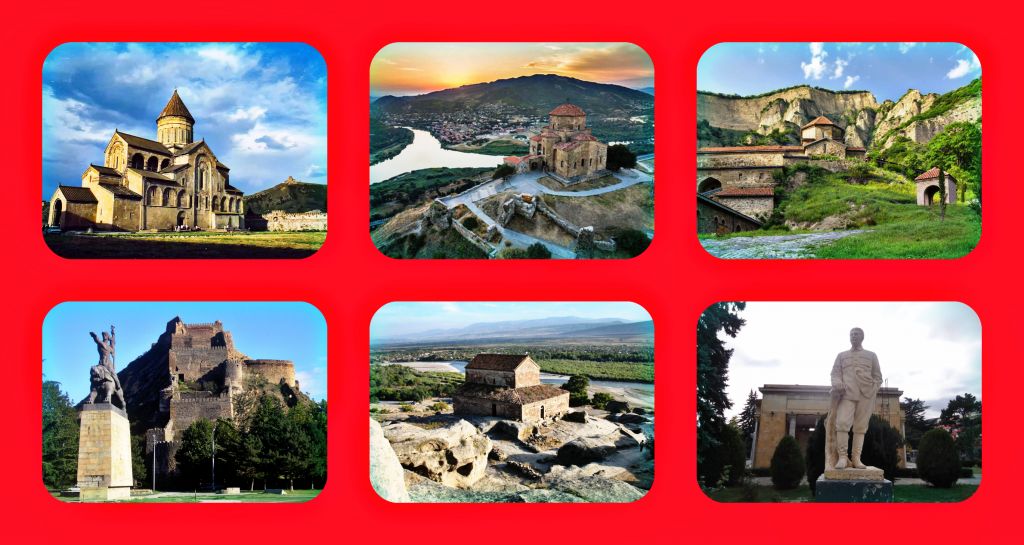
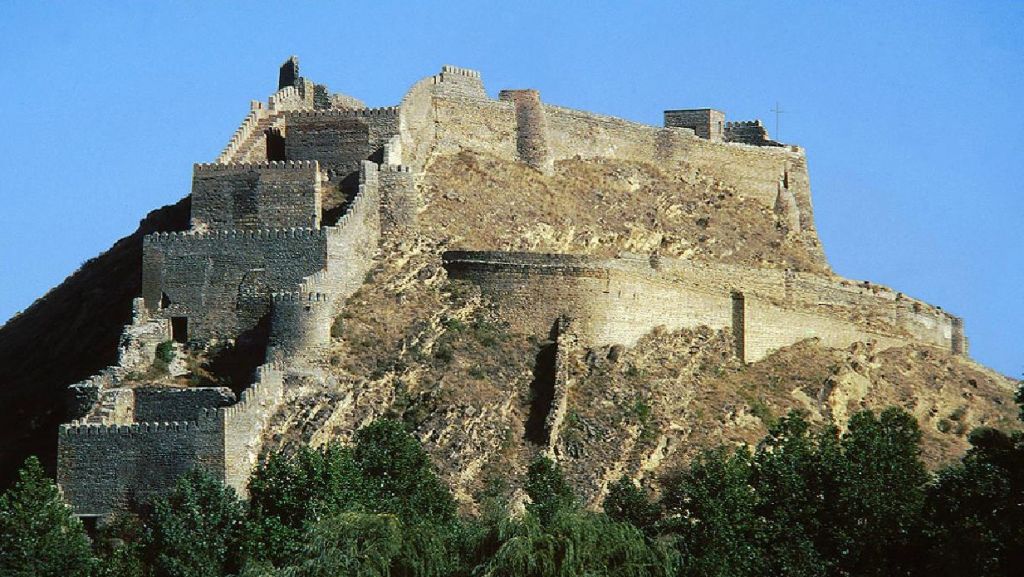
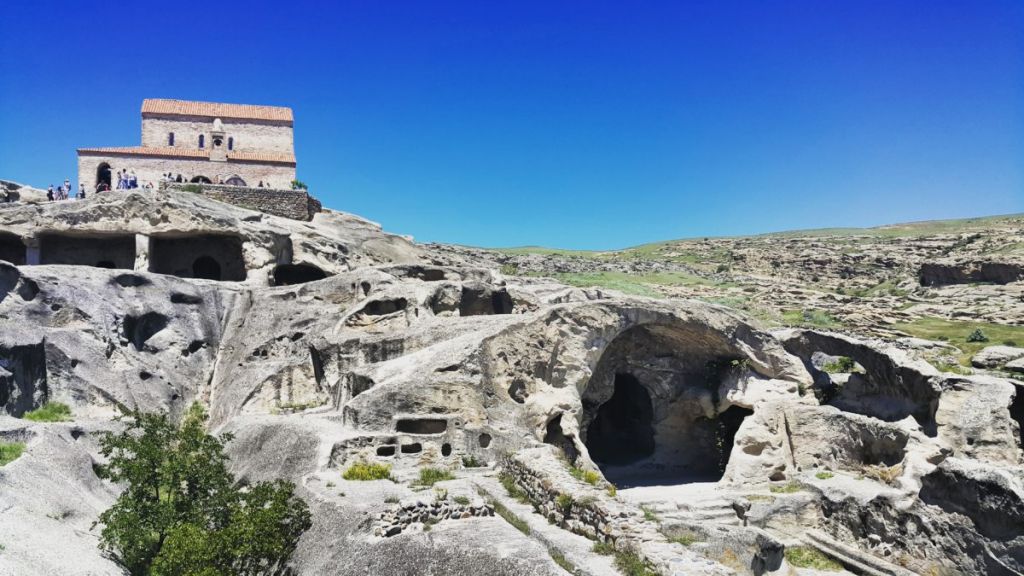
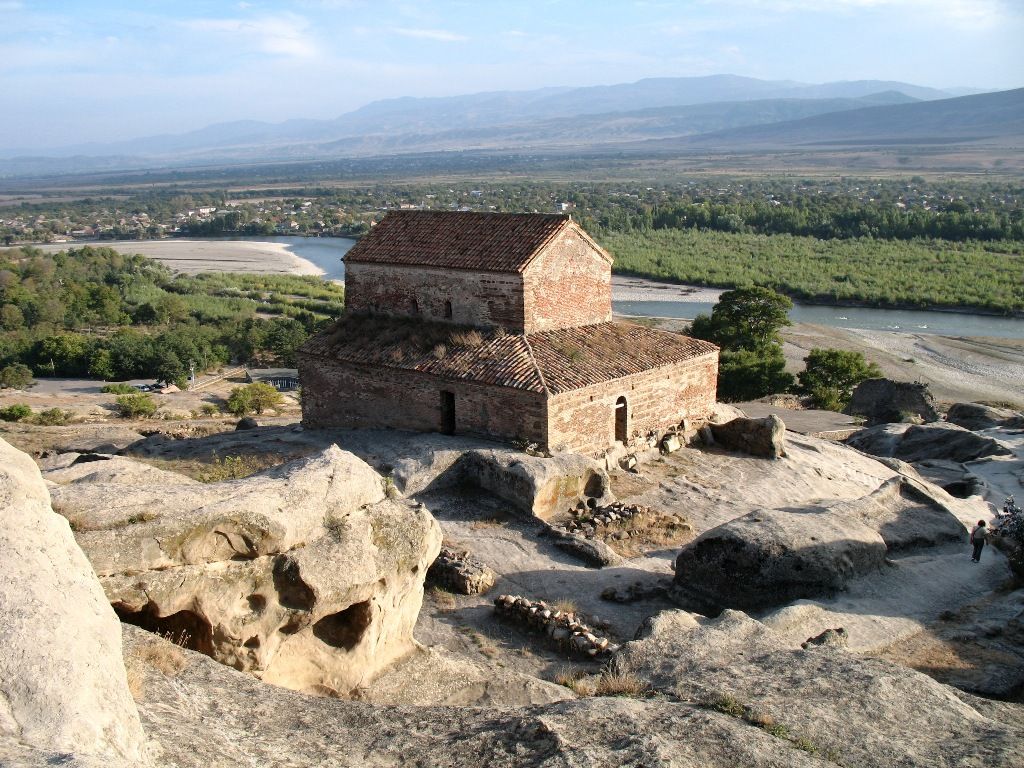
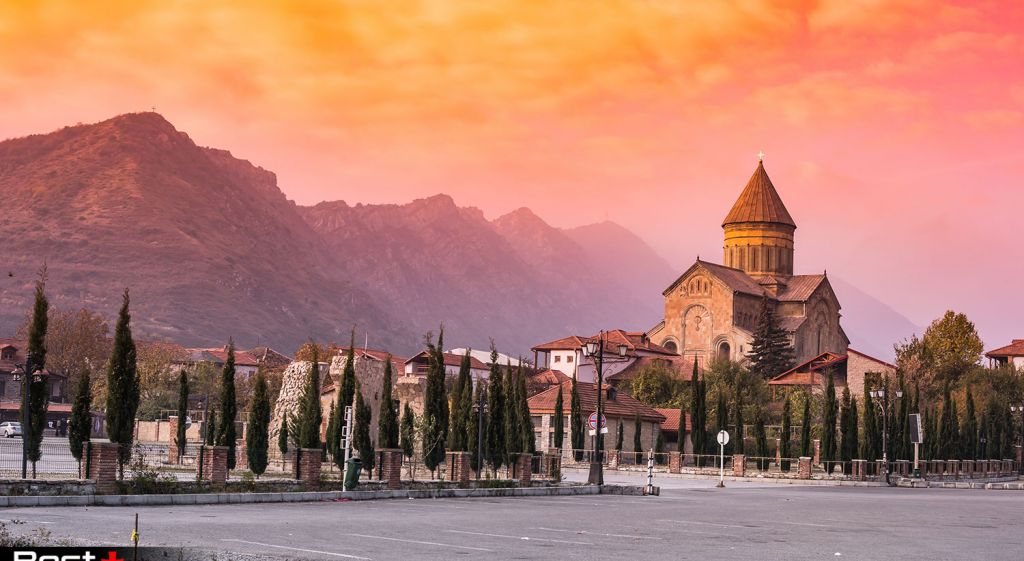
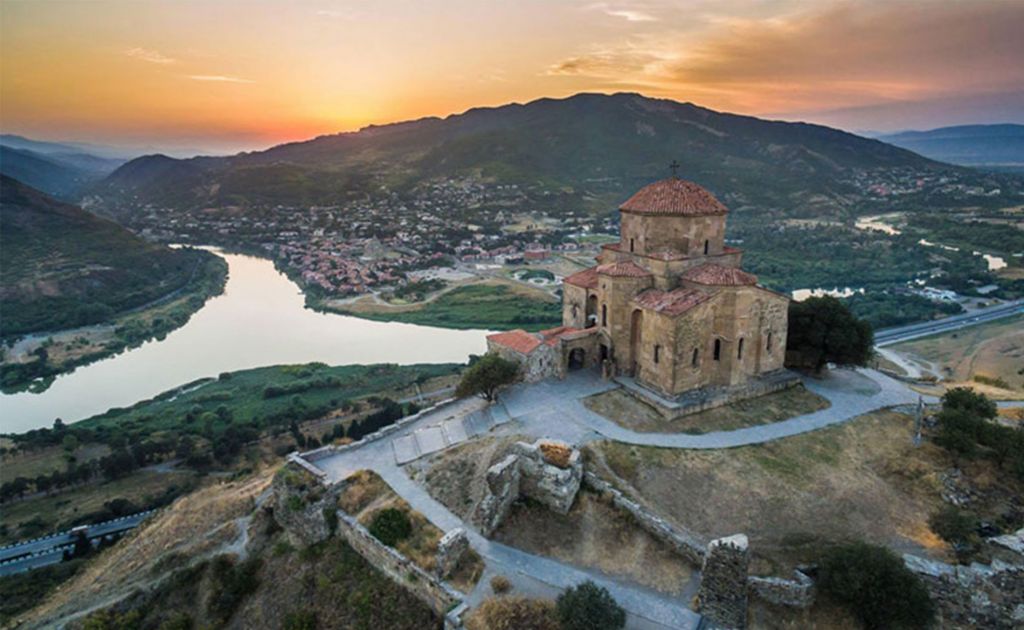
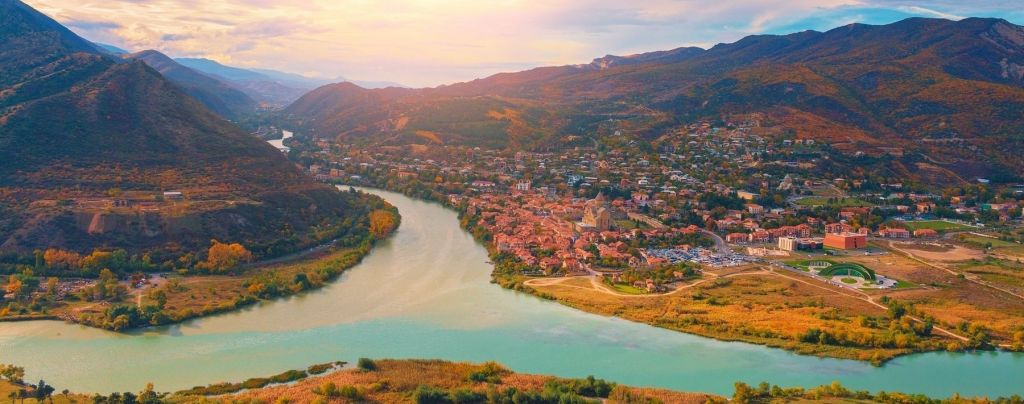
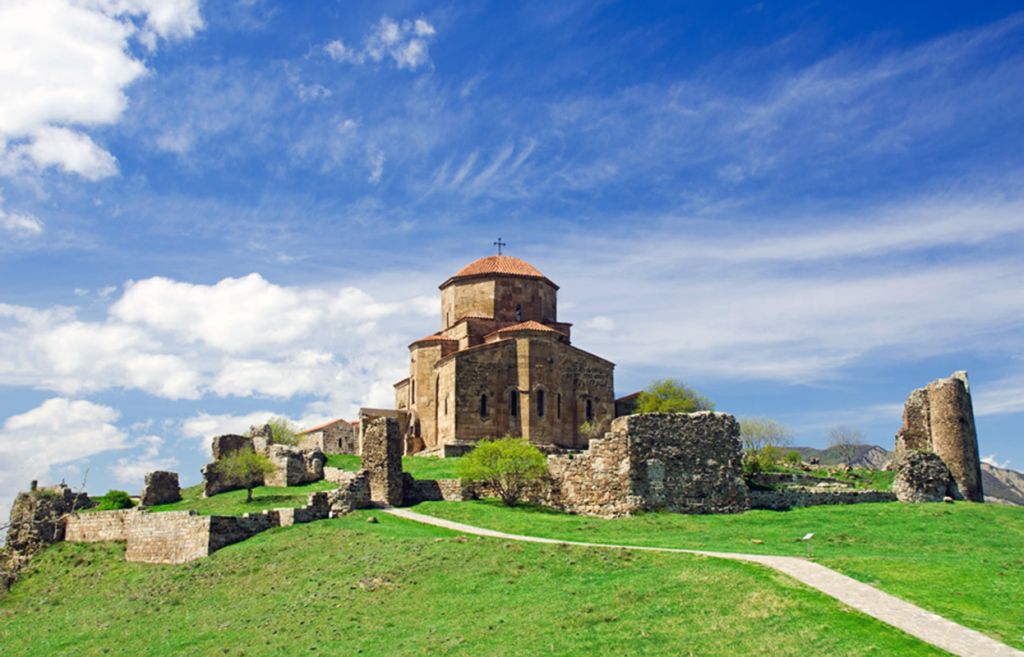


 24/01/2018
24/01/2018
 +995 555 98 51 51
+995 555 98 51 51

